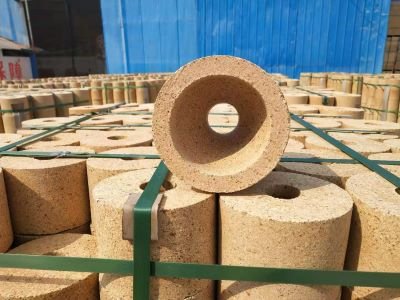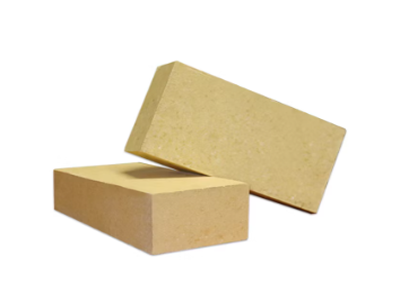Address
Building 1, Zone 1, Greenland Binhu International City, Zhengzhou, Henan, China
Work Hours
Monday to Friday: 9AM - 7PM
Weekend: 10AM - 6PM
Address
Building 1, Zone 1, Greenland Binhu International City, Zhengzhou, Henan, China
Work Hours
Monday to Friday: 9AM - 7PM
Weekend: 10AM - 6PM
The blast furnace is the core equipment for steelmaking, and its refractory lining directly determines the lifespan and operating efficiency of the furnace. The function, type, and selection criteria of these materials are all important considerations.
The main materials used for blast furnace lining are refractory bricks and castables.
Refractory bricks include silicon carbide bricks, high alumina bricks and clay bricks.
Silicon carbide bricks have good thermal conductivity and strong resistance to slag and iron corrosion. Therefore, they are often used in key areas such as the furnace belly and furnace waist.
High alumina bricks contain high alumina content and have excellent high temperature strength and thermal shock resistance. These characteristics make them suitable for the middle and lower parts of the furnace.

Clay bricks are low in cost and easy to construct, so they are mostly used in the upper part of the furnace where the temperature is relatively low.
In addition, refractory castables are poured on site to form an integral lining, which is particularly suitable for structurally complex areas or repair projects.
Blast furnace lining materials must meet stringent performance requirements.
First of all, extremely high refractoriness is the foundation, ensuring that the material does not soften or deform at temperatures above 1500°C.
Secondly, excellent thermal shock resistance is crucial. Because blast furnace operation experiences frequent temperature fluctuations, the material must be resistant to structural damage caused by rapid temperature increases and decreases.
At the same time, strong resistance to chemical attack is essential to prevent the penetration and corrosion of slag, molten iron and alkali metals.
Furthermore, sufficient mechanical strength at both room and high temperatures ensures resistance to furnace charge abrasion and airflow erosion. Good dimensional stability prevents structural cracking caused by thermal expansion and contraction.
The selection of blast furnace lining materials requires comprehensive consideration of the specific working conditions of different parts.

For example, silicon carbide bricks or high-quality high-alumina bricks should be used in the furnace belly and waist areas, which are directly eroded by high-temperature molten materials. High alumina bricks or clay bricks can be used in the middle and upper parts to balance performance and cost.
In addition, the construction method is also an important factor. For example, large and complex structures or local repairs are more suitable for castables.
Of course, selecting a professional refractory supplier is also crucial. High-quality suppliers can provide customized material selection solutions based on specific working conditions. Only by taking a comprehensive and coordinated approach can we ensure the kiln achieves optimal service life and operating efficiency.